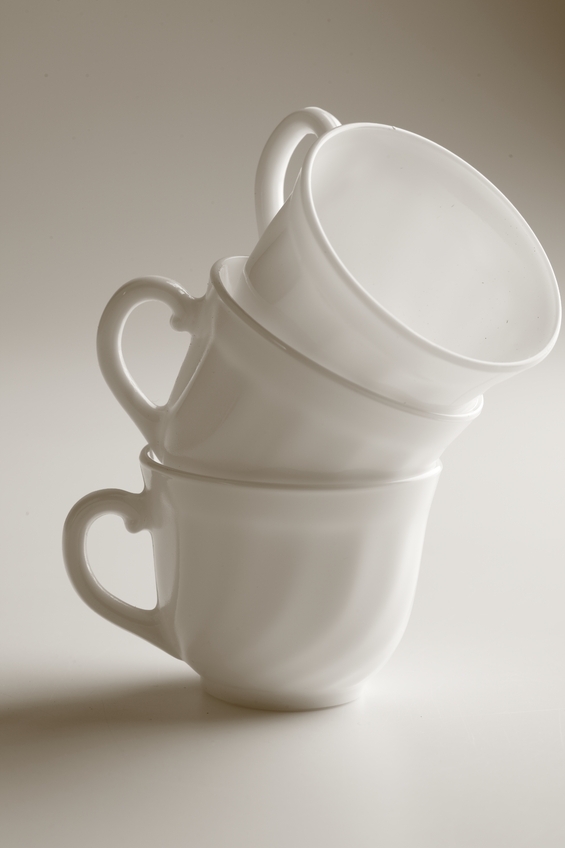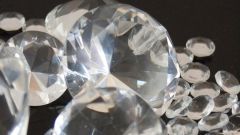You will need
- - crockery for comparison;
- - bright light;
- - a strong hot tea.
Instruction
1
Bring a ceramic object to a bright light source and inspect. Thanks to the many impurities (quartz, kaolin and other), porcelain is by nature a translucent – thin ceramic layer should Shine through. On the contrary, crockery never misses the light.
2
Turn the product and move your hand over the lower surface. Typically, the base of this porcelain tableware is characterized by a roughness. The rim of the cups or plates made of this material usually is not covered by glaze. Porcelain, the dishes are smooth on all sides - her pores require additional processing; glazing of tableware prevents the penetration of moisture and dirt. High-quality porcelain may not have a glaze, as it is more durable and solid material than earthenware.
3
Check out the quality of porcelain, ceramic protocal new thing with your fingers – it should "tune up" for high notes. Crockery will not produce such melodious sounds. Even among connoisseurs, there is the term "singing porcelain; and the different articles of this high level of pottery can "sing" each in his own way.
4
To distinguish the porcelain is its weight. Raise your dishes in the palm of your hand. It is desirable to weigh on the other hand porcelain product (if you are sure that it is made of this material). Porcelain is easier - in a single volume with earthenware vessel it will have a more refined shape and thick walls.
5
Finally, pour into a ceramic mug of freshly brewed tea (if you have already made the purchase). You'll know that the dishes are made of simple pottery, if you drink it scalding hot, and the handle is practically not heated. In contrast to the "right" of China, this kind of fine ceramic has a low thermal conductivity. With prolonged use of the tea set you can see on the inner walls of a dark tint from welding. Then you are not a true porcelain it well "baked" in the oven so the surface will not darken.
Useful advice
Porcelains are often characterized by their whiteness. Some defects of the plates and mugs are easily masked by different patterns. This does not mean that the elite of China can not be richly decorated (for example, a particularly colorful Korean and Chinese Antiques). However, colored glaze painted and gilt porcelain set is a thing more rare and expensive.

